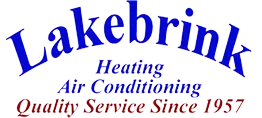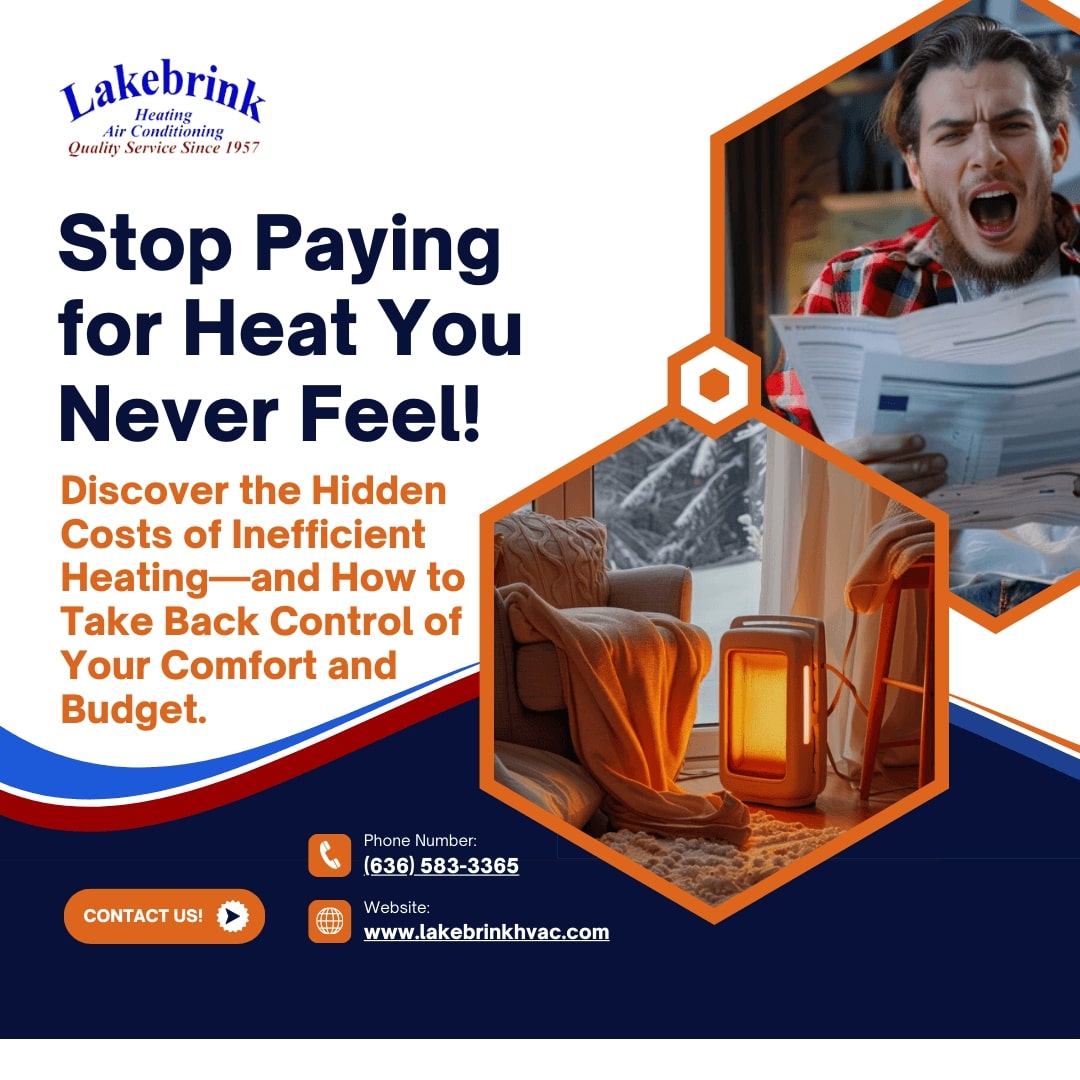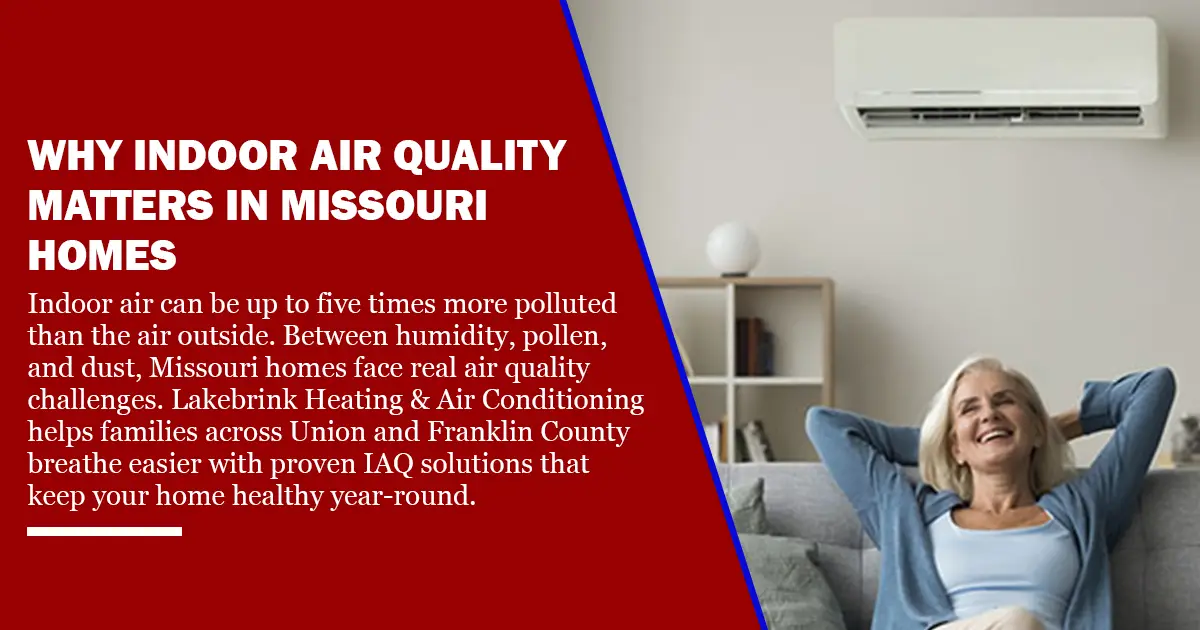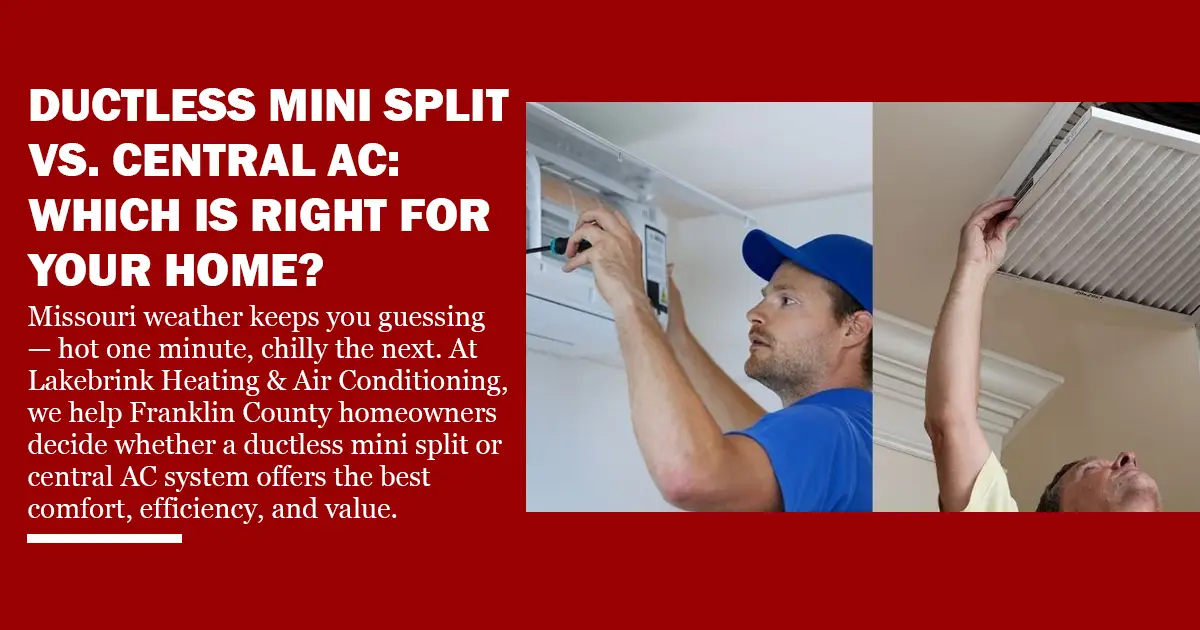How Inefficient Heating Systems Are Draining Your Wallet: Proven Ways to Slash High Energy Bills and Regain Control
The True Cost of Inefficient Heating—Are You Overspending Every Month?
Startling Statistics: How Much Do Inefficient Heating Systems Cost Homeowners?
Every winter, homeowners brace themselves for a spike in energy bills. Even with careful thermostat management, those bills often climb higher than expected, prompting many to wonder where the money is going. It’s not just the harsh
weather, but the unseen inefficiencies in your home’s heating system that quietly, consistently drain your wallet.
Heating typically represents the largest segment of the average household energy bill. When outdated or poorly maintained, heating systems can consume far more energy than necessary, especially during peak months. If you’ve noticed
that your heating bill seems excessive or increases year after year despite similar usage habits, it may be time to look beyond surface-level factors.
Why Energy Bills Keep Climbing Despite “Normal” Usage
Many families face a familiar frustration: energy costs rising while your habits haven’t changed. The hidden culprit is often the inefficiency of your system—furnaces and heat pumps that run longer, work harder, and yet fail to
deliver consistent warmth. Tiny issues like leaky ductwork, worn components, or simple thermostat miscalibration often go undetected. With most energy waste occurring beyond what you can see, the problem lingers month after month,
season after season.
There’s also a widespread belief that lowering your thermostat a few degrees will always mean lower bills. While this habit helps, it cannot offset major losses from an outdated heating system, clogged air filters, or improper
airflow—problems that quietly but significantly increase total energy consumption.
The Strain of High Heating Costs on Homeowners
Beyond the numbers on your bill, high energy costs put real pressure on families. When heating expenses rise, choices become more difficult, and essential comforts occasionally get sacrificed for the sake of savings. The uncertainty
of unpredictable expenses causes stress, disrupts budgeting, and, over time, impacts the overall enjoyment and comfort of your home. As bills cycle upward each winter, so too does the sense of uncertainty about what will come next
month.
Understanding the Complexity of Home Heating Inefficiency
What Makes a Heating System Inefficient?
Inefficiency isn’t always a matter of age—a relatively new system can also underperform if it wasn’t properly installed or sized for your home. Old or outdated equipment naturally struggles to convert fuel or electricity into usable
heat, requiring more energy to reach the same temperature. Inadequate insulation, leaky ducts, and design issues add further losses, making your heating system work overtime for diminishing results.
- Aging furnaces or HVAC units lose their efficiency as internal components wear out over time.
- Poor installation and system sizing often cause uneven heating, forcing your equipment to run longer and harder.
- Lack of routine maintenance allows dust, debris, and wear to accumulate, steadily decreasing system output.
- Duct leaks and insufficient home insulation let precious warmth escape, making your heating system’s job much harder.
Hidden Culprits: How Small Problems Create Big Costs
Often, inefficiency creeps in quietly. Clogged air filters, blocked return registers, dirty blowers, or poorly calibrated thermostats all reduce overall system performance. Each of these small factors can seem negligible on its own,
but their cumulative effect creates a significant financial burden. Think of it as a slow leak in a boat—easy to ignore at first, but left unaddressed, the consequences multiply.
- Dusty or dirty filters clog airflow, forcing fans and blowers to consume more power for less heat output.
- Blocked or closed vents cause rooms to remain cold, making thermostats “think” the house is colder than it really is, keeping the system running longer.
- Incorrect thermostat settings or miscalibration result in wasted energy by constantly overshooting target temperatures.
Lasting Consequences: Environmental & Health Impacts
Inefficient heating not only impacts your wallet but also influences the environment. Homes that consume more energy than necessary contribute unnecessarily to overall demand, meaning higher emissions and a greater environmental
footprint. On a personal level, neglected systems can lead to poor indoor air quality, with dirty filters recirculating allergens and dust. Your heating equipment itself suffers more wear, leading to more frequent and costly
breakdowns or replacements.
Why the Issue Persists: Obstacles for Homeowners
One major challenge facing homeowners is the lack of transparent, expert guidance. Many attempt quick fixes such as overusing space heaters, layering on sweaters, or constantly adjusting thermostats—measures that offer temporary
relief but fail to address the source of the problem. Plenty of solutions promise savings but offer little practical improvement. Without reliable, professional advice and a trusted service partner, it’s easy for the underlying
issues to persist season after season.
Practical, Expert-Backed Solutions to Lower Your Energy Bills
Step 1: Evaluate and Upgrade to High-Efficiency Systems
One of the most effective actions a homeowner can take is upgrading an outdated heating system to a high-efficiency model. Lakebrink Heating & Air Conditioning specializes in installing systems designed to maximize output while
minimizing input costs. These modern units use advanced heat exchangers, variable-speed motors, and smart controls to deliver reliable warmth with significantly lower energy consumption. Upgrades may also include smart zoning and
programmable thermostats, making it easy to focus heat where it’s needed most.
If installation is required, a professional assessment ensures proper sizing and placement, eliminating the risks of overworking or underperforming systems. Investing in a contemporary system isn’t just about cutting costs—it’s
about restoring comfort and ensuring peace of mind all winter long.
Step 2: Optimize What You Have—Affordable Retrofits & Tune-Ups
Not every home requires a full system replacement. Sometimes, meaningful savings can be achieved through targeted retrofits and routine tune-ups. Lakebrink Heating & Air Conditioning offers energy-efficient retrofitting options
that can correct specific inefficiencies in existing setups, such as duct sealing, insulation upgrades, and updated blowers or controls. An optimization service examines each element of your system, fine-tunes its operation, and
repairs any underlying issues, delivering a noticeable reduction in wasted energy.
Routine professional tune-ups look for common culprits like loose dampers, dirty burners, and failing sensors. Addressing these smaller issues before they escalate keeps your system running at peak performance throughout the heating
season, saving money with every cycle.
Step 3: Maintenance Matters—Simple Routines That Deliver Big Results
Regular maintenance is the surest way to prevent gradual efficiency losses. Lakebrink Heating & Air Conditioning offers scheduled maintenance packages to keep your heating system working reliably while detecting issues before
they affect performance. Seasonal maintenance, such as cleaning filters, checking thermostat settings, and inspecting exhaust vents, reduces the risk of breakdown and helps homeowners avoid expensive emergency repairs.
DIY Maintenance Checklist for Homeowners
- Change air filters at least every three months during the heating season.
- Keep supply and return registers free from dust and obstructions.
- Inspect insulation in attics and crawl spaces to limit heat loss.
- Regularly check the thermostat for responsive, accurate temperature control.
- Look for visible signs of duct leaks or damage and schedule professional sealing as needed.
- Make sure all external vents are unobstructed and functioning properly.
Consistent implementation of these steps creates compounding benefits—lower bills, fewer headaches, and longer equipment life.
Step 4: Financing Efficiency—Making Upgrades Affordable
For many families, the initial costs of major heating system improvements create uncertainty about when or how to move forward. Lakebrink Heating & Air Conditioning addresses this concern by providing flexible financing
solutions, making it possible to spread the cost of high-impact upgrades over time. These financing options allow homeowners to enjoy the benefits of increased efficiency and lower energy bills immediately, without waiting for years
to save up enough for an upfront investment.
Whether you’re replacing an old furnace or adding energy-saving enhancements, an affordable payment plan ensures access to modern heating technology without financial strain. This approach removes one of the biggest obstacles to
system upgrades, enabling prompt action toward a more comfortable, budget-friendly home.
Step 5: Smart Home Synergy—Integrating Modern Solutions
Today’s smart home technologies can bring new levels of efficiency and control. Programmable thermostats, zoning systems, and integrated controls make it easier than ever to optimize comfort and savings. By strategically
implementing these solutions, you will never again need to heat unoccupied rooms or worry about manually adjusting settings throughout the day.
Lakebrink Heating & Air Conditioning serves as a knowledgeable advisor on the selection and integration of these technologies, ensuring every upgrade works in harmony with existing systems. Their consultations help homeowners
maximize returns on investment, avoid compatibility issues, and lay the groundwork for long-term efficiency gains.
Checklist: Top Homeowner Actions for Maximum Heating Efficiency
- Schedule a professional energy audit to identify your home’s biggest sources of heat loss.
- Invest in high-efficiency heating systems and controls when possible.
- Seal ductwork and improve insulation to prevent energy waste.
- Follow a consistent maintenance routine throughout the year.
- Upgrade to smart thermostats and consider zoning solutions for added control.
- Consider flexible financing to accelerate your improvements.
Following these recommendations helps reduce utility costs while boosting your comfort and system reliability through every season.
Take Control—Start Saving Today With Professional Guidance
Bringing It All Together: Your Path to Substantial Energy Savings
Improving the efficiency of your home’s heating system offers both immediate and long-term rewards, from lower monthly bills to greater lasting comfort. Awareness of inefficiencies—whether due to outdated equipment, missed
maintenance, or insufficient insulation—is the first step toward meaningful change. By leveraging expert services and adopting proven energy-saving measures, homeowners can reclaim their budgets and enjoy a consistently warm and
comfortable home throughout the coldest months of the year.
Why Partner With Lakebrink Heating & Air Conditioning?
Lakebrink Heating & Air Conditioning stands out as a trusted resource, guiding homeowners at every stage—from energy audits to system upgrades and ongoing care. Their tailored approach ensures that each solution is matched to
your home’s unique needs. With verified offerings in energy-efficient installations, retrofits, and maintenance, Lakebrink Heating & Air Conditioning is positioned to help you realize meaningful savings and dependable year-round
comfort.
Call to Action: Secure a Customized Home Heating Efficiency Assessment Today
The first step toward lower energy bills and improved home comfort is a thorough assessment by an experienced professional. Schedule a no-pressure consultation with Lakebrink Heating & Air Conditioning to start identifying
opportunities for savings and efficiency. Acting now can turn another costly winter season into a chance to regain control and peace of mind. Contact Lakebrink Heating & Air Conditioning to arrange your personalized evaluation
and take the next step toward a more efficient, affordable home.
Conclusion: Energy Efficiency Is Within Reach—Don’t Let Another Season Pass You By
Final Insights and Encouragement
No homeowner should have to choose between comfort and affordability. Inefficiencies in your heating system silently drain money and add stress with every passing season. The solutions do not require drastic lifestyle changes—small,
consistent improvements backed by expert support from Lakebrink Heating & Air Conditioning can deliver lasting, measurable results. Regain command over your energy expenses and enjoy the comfort you deserve without financial
strain. Take the first step today, and let each upgrade move you toward a future of savings, reliability, and warmth.
Frequently Asked Questions
How do I know if my heating system is inefficient?
Signs of an inefficient system include higher-than-average energy bills, uneven heating, frequent cycling, or noticeable drafts. If your system is more than 10-15 years old or requires regular repairs, it’s likely underperforming
and consuming more energy than necessary.
What is the most cost-effective way to improve heating efficiency at home?
Simple actions like sealing ductwork, increasing insulation, and regular filter changes can have a large impact. For bigger savings, upgrading to a high-efficiency system and using smart thermostats is recommended. Scheduling an
energy audit with a professional like Lakebrink Heating & Air Conditioning can prioritize which measures will make the most difference in your unique home.
Are financing options available for system upgrades?
Yes. Lakebrink Heating & Air Conditioning offers flexible financing plans for heating system upgrades, allowing homeowners to spread the cost over time and experience immediate savings on energy bills.
How often should my heating system be serviced?
Annual professional servicing is recommended, with filter checks or replacements every 1–3 months during the heating season. Regular maintenance can extend system life and improve efficiency.
What is the benefit of a smart thermostat or zoning system?
Smart thermostats and zoning systems allow for precise control of heating in different areas of your home, optimizing comfort based on occupancy and usage. This targeted approach reduces energy waste and can result in noticeable
utility bill savings.





